FE+MINUS
FE+MINUS (Faith- Less)
FE+MINUS
Fe+minus is a critical exploration of the book ‘The Malleus Maleficarum’, a book written in 1486 by the inquisitors Heinrich Kramer and Jacob Sprenger, which served as a comprehensive guide for combating witchcraft and prosecuting individuals accused of practising it. The ‘Mallus Malleficarum’ aimed to provide inquisitors and legal authorities with detailed instructions for identifying, investigating, and eradicating witchcraft. The book presented witchcraft as a grave threat to society and the Church, emphasizing the alleged pact between witches and the Devil.
The Malleus Maleficarum became widely disseminated, fueling witch hunts and catalyzing the witch trials of the time. It perpetuated a narrative that portrayed women as dangerous, seductive, and aligned with the Devil, leading to mass hysteria and the persecution, torture, and execution of countless lives.
The book propagated the notion that women were particularly susceptible to witchcraft due to perceived weaknesses and susceptibility to temptation. It argued for the prosecution and punishment of witches, whom it held responsible for societal and natural ills. The Malleus Maleficarum played a significant role in guiding the interrogation and extraction of confessions from accused witches. However, the methods for identifying and accusing witches were deeply flawed, relying on coerced confessions, hearsay, and gossip as evidence. Also, It endorsed the use of torture as a means to obtain evidence, thus legitimizing the harsh treatment of those accused. The absence of due process exposed fundamental flaws within the criminal justice system of the time. Therefore, it contributed to the normalization of violence against women, encouraging their dehumanization and brutal treatment. Religious and legal authorities actively supported and implemented the guidelines outlined in the book, perpetuating these injustices.
In my personal and critical exploration of the Malleus Maleficarum, I embark on a journey to unveil the brutal massacre and persecution that unfolded under its influence. Through my photographs, I delve into the depths of this historical text, exposing its criminalization of women accused of witchcraft, its role as a manual for oppression, and the devastating consequences that ensued. By challenging the authority of the book and inviting viewers to question the validity of its claims, I aim to inspire critical reflection on the lingering influence of power structures and ignite conversations about the oppression of women today. My images reclaim the agency of accused witches and challenge the historical narratives that have silenced their voices.
The title of the project refers to the erroneous claim that “Femina” (Latin for “woman”) derives its derivation from “Fe” (Latin for “faith”) + “minus” (Latin for “less”).
… ‘I have endeavoured to show the witch as she really was – an evil liver: a social pest and parasite: the devotee of a loathly and obscene creed: an adept at poisoning, blackmail, and other creeping crimes: a member of a powerful secret organisation inimical to Church and State: a blasphemer in word and deed, swaying the villagers by terror and superstition: a charlatan and a quack sometimes: a bawd: an abortionist: the dark counsellor of lewd court ladies and adulterous gallants: a minister to vice and inconceivable corruption, battening upon the filth and foulest passions of the age’ …
Extract from ‘The History of Witchcraft and Demonology’ (1926), by Augustus Montague Summers.’
.
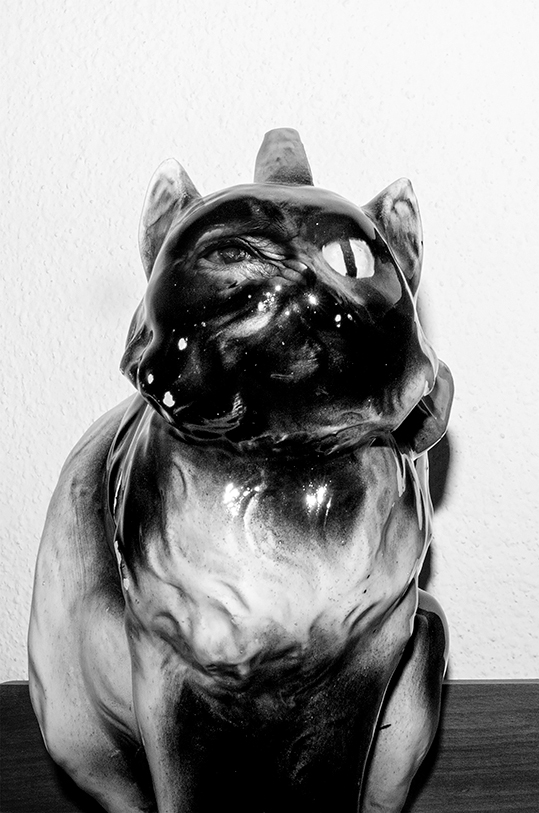



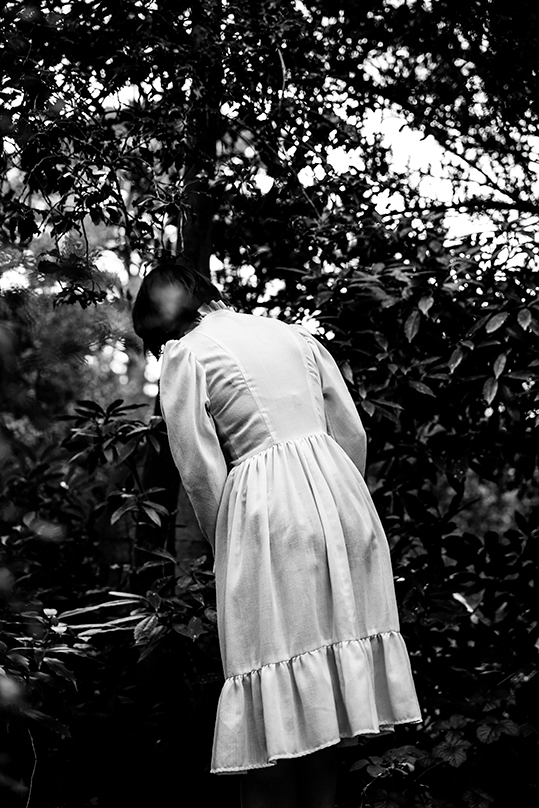

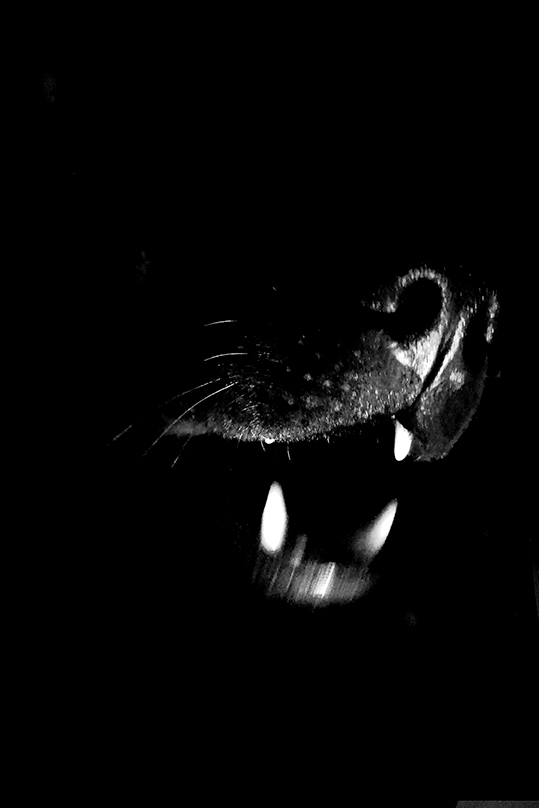

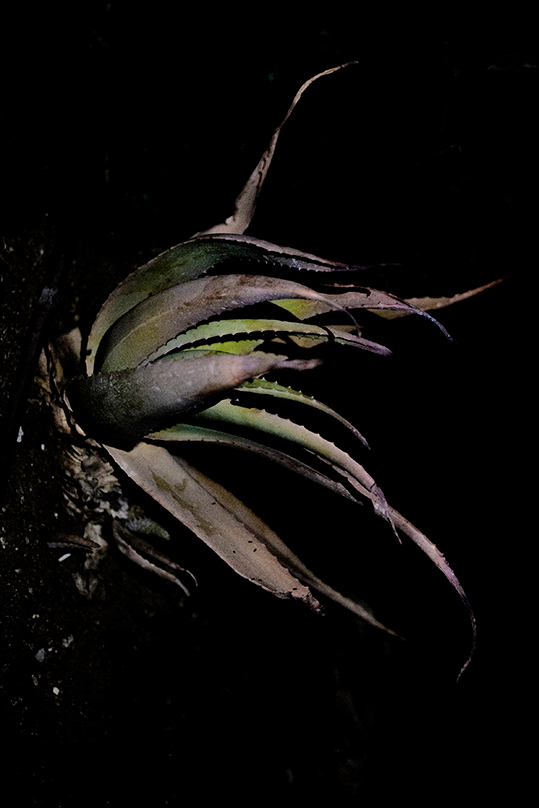
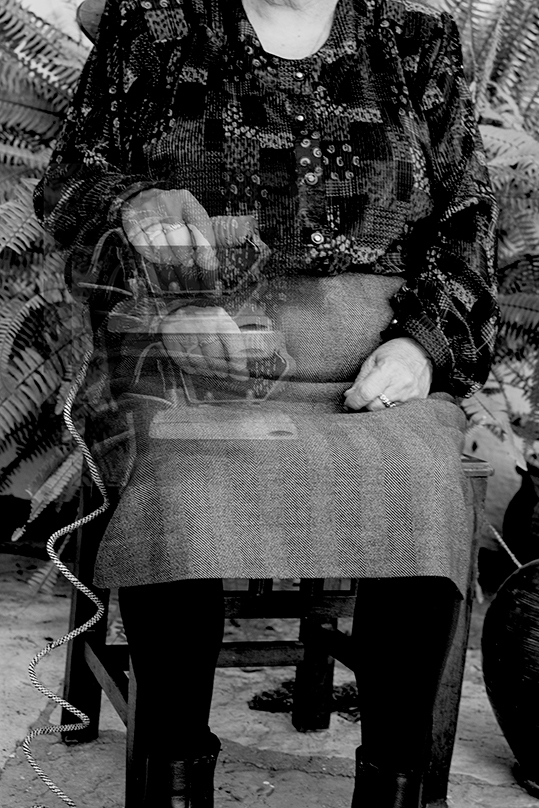

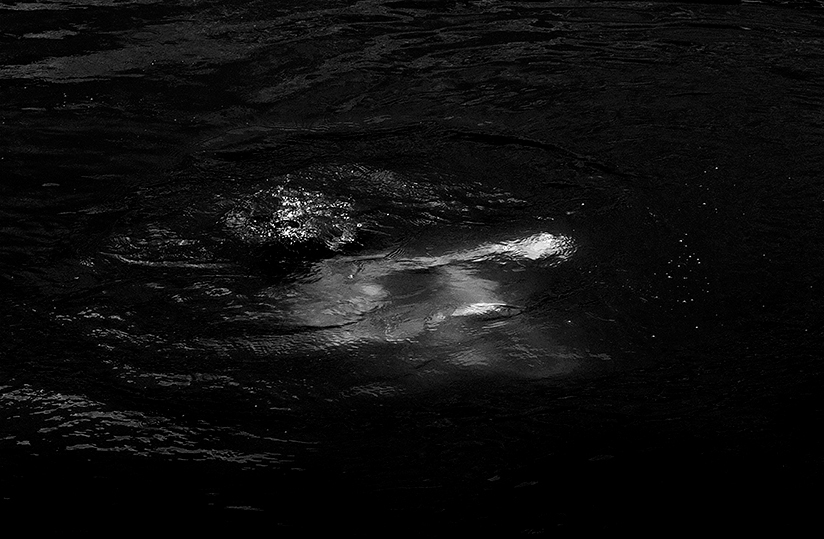

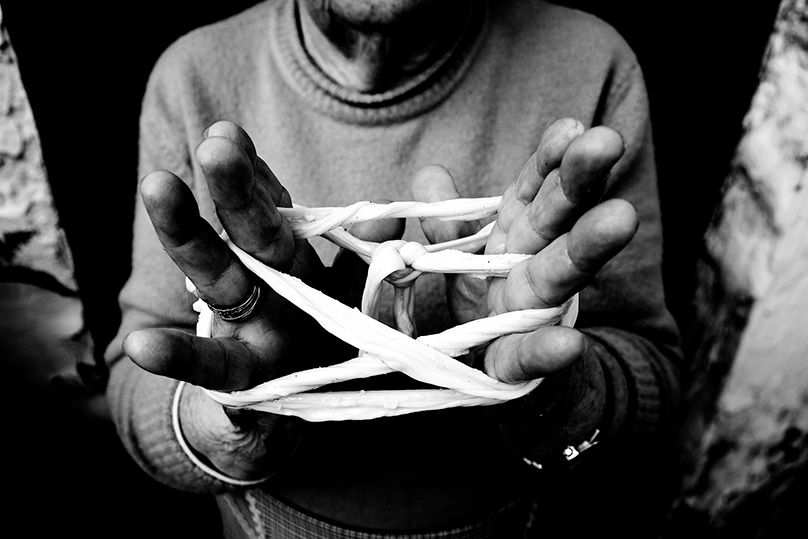

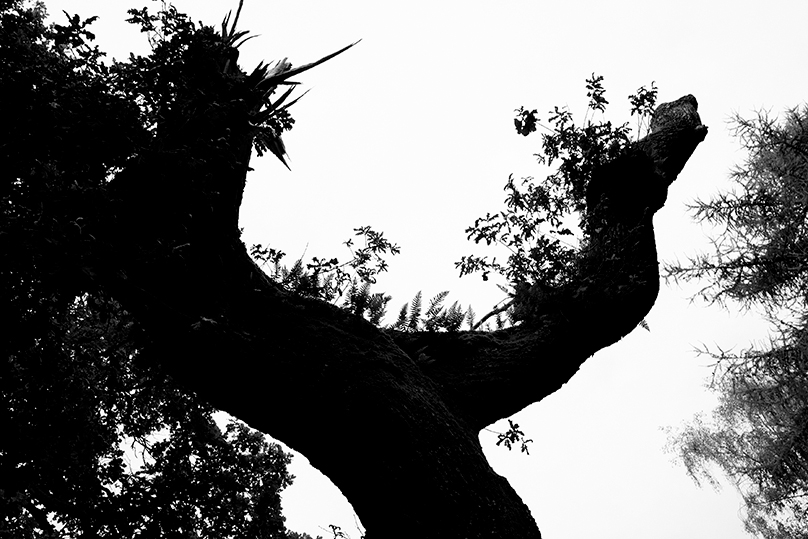

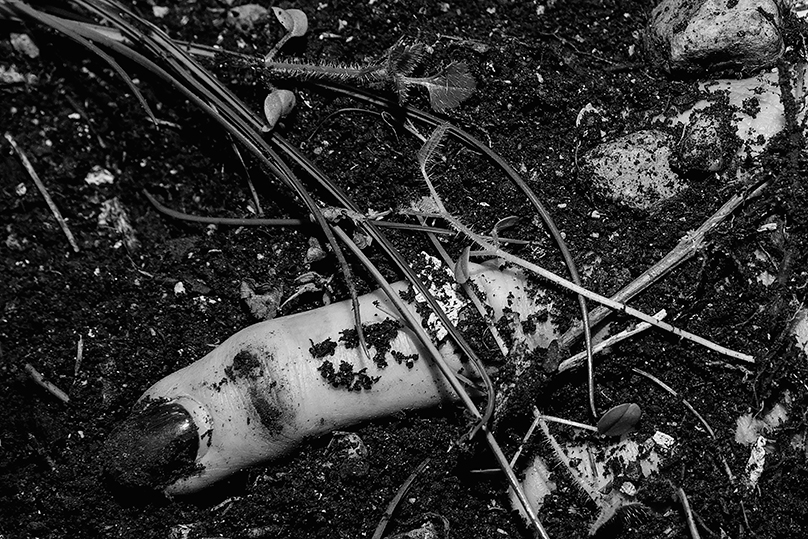




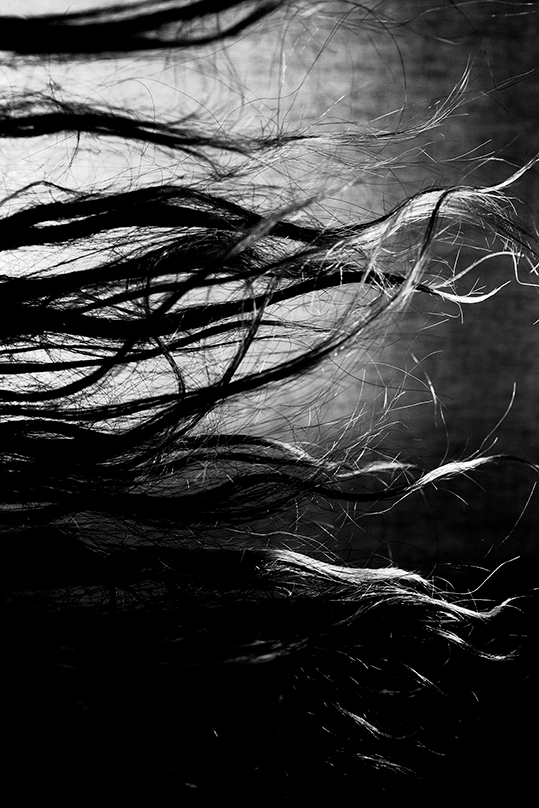
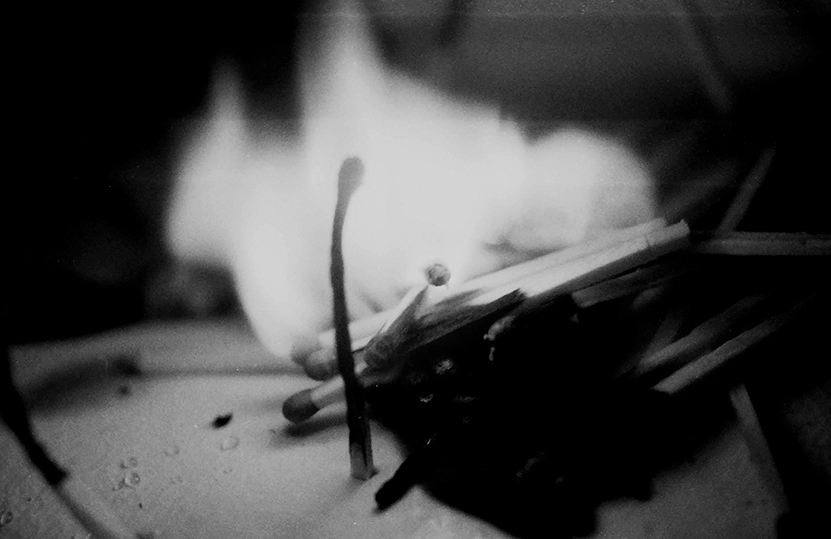

“All the sound clips are excerpts directly taken from the English translation of ‘The Malleus Maleficarum,’ by P.G Maxwell-Stuart, originally published by Heinrich Kramer and Jacob Sprenger in 1486.